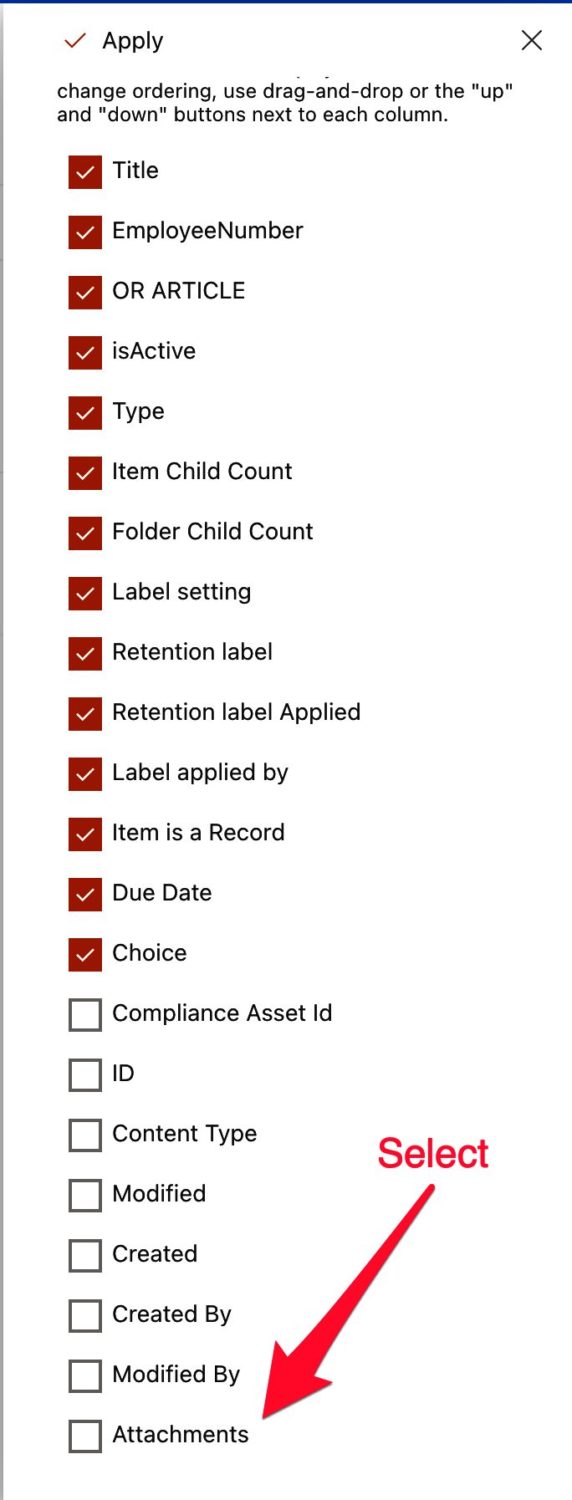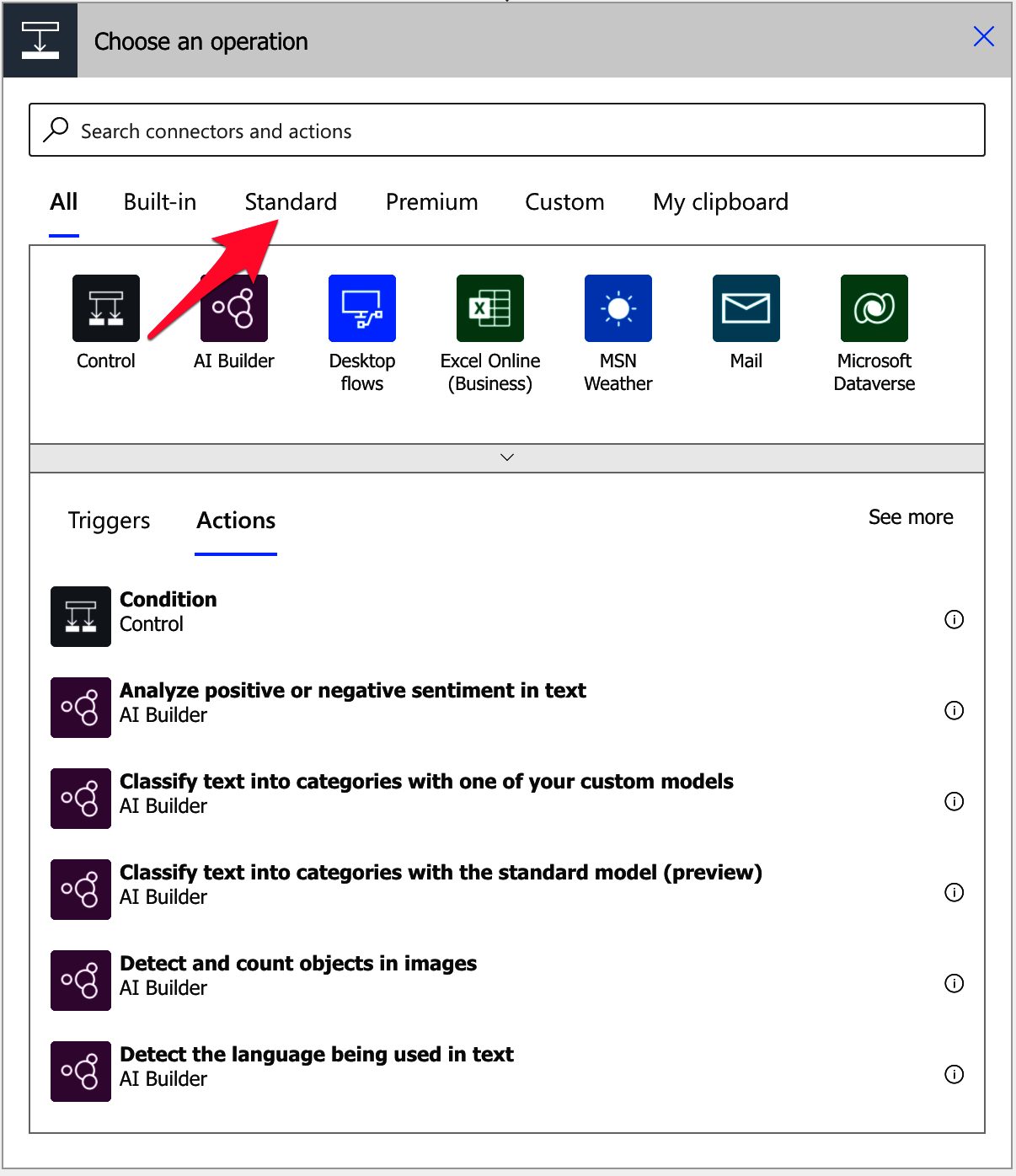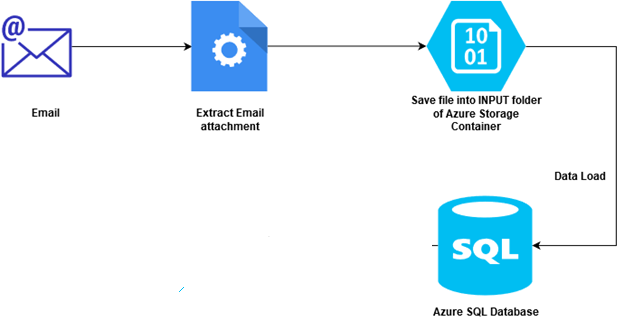Failed To Process Content In Attachment With Id
1. Introduction
Attachments play a crucial role in today’s digital world, allowing us to share and receive important documents, images, and files. However, there are instances when the process of processing content in an attachment fails, resulting in frustration and inconvenience for users. This article aims to explore the issue of failed content processing in attachments, understand its causes, and provide effective troubleshooting techniques to resolve such issues.
2. Understanding the Issue of Failing to Process Content in Attachments
When an attachment fails to process its content, it means that the system or software was unable to successfully extract or analyze the information within the attachment. This can happen for various reasons, and it usually results in an error message stating “Failed to process content in attachment with ID.”
3. Common Causes of Attachment Processing Failures
a. Corrupted Attachments: The attachment file may be damaged, incomplete, or corrupted during the transfer process, leading to content processing failures.
b. File Format Incompatibility: Some file formats may not be compatible with the software being used for processing, causing errors in content extraction.
c. Unsupported Software Versions: Outdated or unsupported software can fail to process attachment content correctly, resulting in errors.
d. Insufficient System Resources: If the system does not have enough memory, processing power, or disk space, content processing failures may occur.
e. Network Issues: Unstable or interrupted network connections can cause attachment processing failures, especially during file transfers.
f. Security Restrictions: Sometimes, attachments may contain content that triggers security restrictions or firewalls, leading to processing failures.
4. Troubleshooting Attachment Processing Failures
a. Retry Opening the Attachment: Begin troubleshooting by attempting to open the attachment again. Sometimes, the failure could be temporary, or the file might have been corrupted during the initial download.
b. Ensure File Format Compatibility: Verify that the software being used to process the attachment supports the file format. If not, consider converting the file to a compatible format or use alternative software.
c. Use Updated Software: Ensure that the software being used to process attachments is up to date. Developers often release updates to address bugs and improve compatibility.
d. Check System Resources: Ensure that you have enough available memory, processing power, and disk space to handle the attachment processing. Close unnecessary applications or consider upgrading your system if resources are consistently inadequate.
e. Stable Internet Connection: A stable and uninterrupted network connection is vital for successful attachment processing. If you experience frequent connection issues, consider troubleshooting or contacting your Internet Service Provider.
f. Disable Security Restrictions: In case security restrictions are causing the processing failure, temporarily disable them and attempt to process the attachment again. If the processing succeeds, consider adjusting the security settings to allow the necessary content.
5. Steps for Resolving Content Processing Errors
a. Identify the Error Code: When encountering a “Failed to process content in attachment with ID” error, note any accompanying error codes or messages. These codes can provide valuable information for troubleshooting and resolving the issue.
b. Verify Attachment Completeness: Check that the attachment is fully downloaded and not corrupted. If needed, re-download the attachment to ensure its integrity.
c. Check Software Updates: Ensure that both the software used for processing attachments and any associated plugins or add-ons are up to date. This step is essential, as outdated software can lead to content processing failures.
d. Convert File Formats: If the attachment is in an unsupported file format, consider converting it to a compatible format using online conversion tools or dedicated software.
e. Seek Technical Assistance: If the above steps do not resolve the issue, contact technical support for the software or system you are using. Provide them with the error codes and any relevant information to help them diagnose and resolve the problem.
6. Preventive Measures to Avoid Attachment Processing Failures
a. Use Reliable File Sharing Platforms: Use reputable file sharing platforms or services that prioritize secure and error-free attachment transfers.
b. Update Software Regularly: Regularly update software, including those used for processing attachments, to ensure compatibility and access to bug fixes.
c. Scan Attachments for Malware: Before opening or processing an attachment, scan it using reliable antivirus software to detect and remove any potential threats that could hinder content processing.
d. Backup Attachments: Create backup copies of important attachments to a secure location. In case of processing failures, having a secondary copy can save time and prevent data loss.
e. Be Mindful of Security Settings: Keep security settings up to date but be cautious not to implement overly restrictive measures that might lead to unnecessary attachment processing failures.
7. Impact of Attachment Processing Failures on Business Operations
Attachment processing failures can have adverse effects on business operations. Delays in processing critical documents or files can result in missed opportunities, hinder collaboration, and even damage corporate reputation. It is crucial for organizations to address these failures promptly and implement preventive measures to minimize their impact.
8. Conclusion
Failed to process content in attachment with ID errors can be frustrating, but with the right troubleshooting steps and preventive measures, these issues can be resolved efficiently. By understanding the common causes, following the described troubleshooting techniques, and implementing preventive measures, users can minimize attachment processing failures and ensure smooth and error-free content extraction. Stay vigilant, keep your software up to date, and take the necessary precautions to avoid these errors in the future.
Power Automate – How To Read Email Attachment Contents And Extract Values? Part 1/2
Keywords searched by users: failed to process content in attachment with id
Categories: Top 57 Failed To Process Content In Attachment With Id
See more here: nhanvietluanvan.com
Images related to the topic failed to process content in attachment with id

Found 25 images related to failed to process content in attachment with id theme





Article link: failed to process content in attachment with id.
Learn more about the topic failed to process content in attachment with id.
- Microsoft.graph.teams:Failed to process content in attachment
- “An error occurred while getting content of attachment” error …
- Error “Unable to process request, invalid content length or …
- Error message received when attempting to add attachment to …
- Unable to browse the list of attachment IDs – WordPress.org
See more: nhanvietluanvan.com/luat-hoc